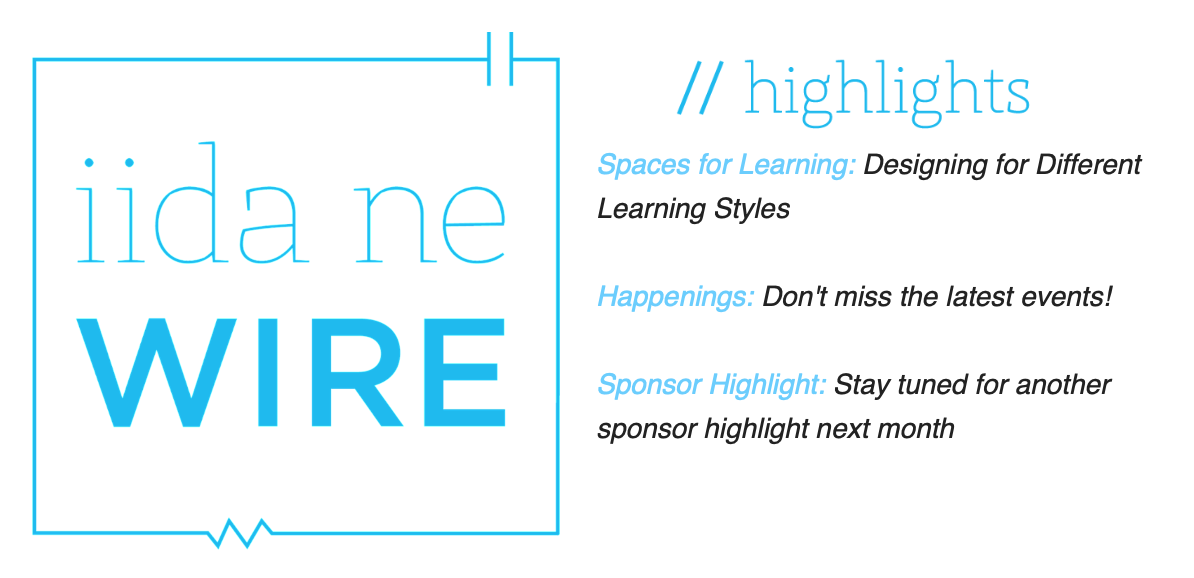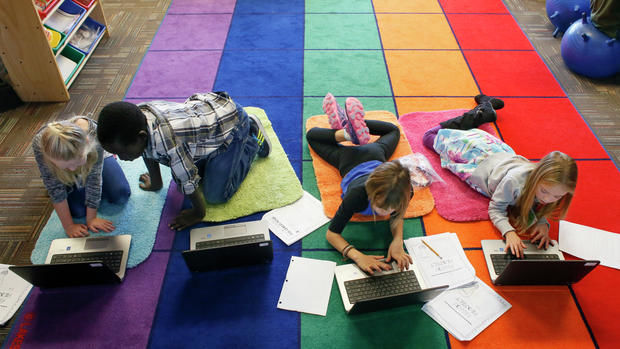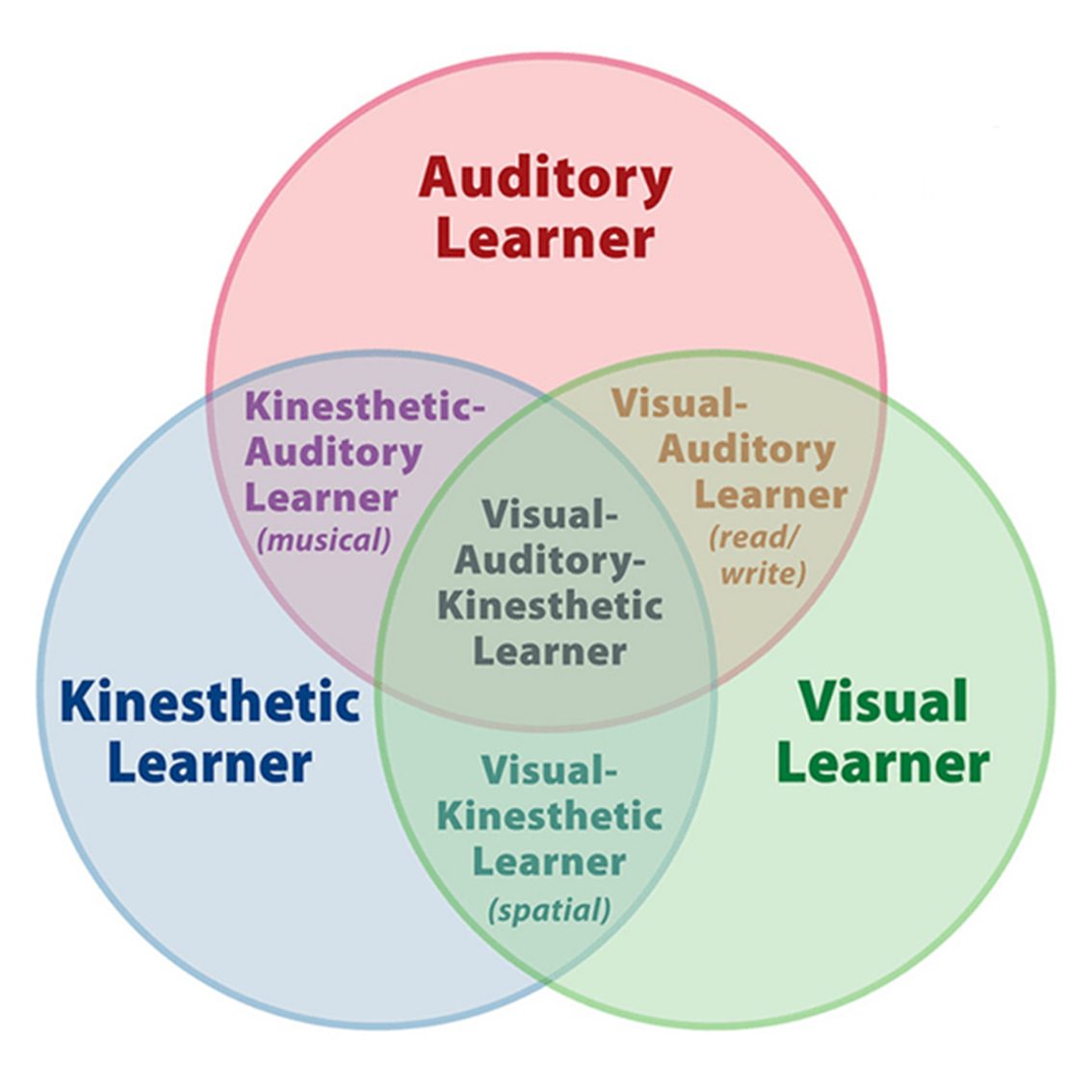|


Spaces for Learning
Designing for Different Learning Styles
What has historically been known as the traditional classroom is quickly being replaced by a new breed of learning spaces and classroom designs that are evolving, not only in response to shifts in technology, but also with higher regard for differences in learning styles. The idea of rows of individual desks facing a chalkboard is now largely seen as outdated and ineffective, instead being replaced by more flexible classroom arrangements.
Thanks to a growing awareness of the profound impact classroom design can have on the educational achievements of students, opinions on classroom design are focusing on flexibility. Flexible classroom designs allow learners to make choices, experiment with learning techniques, and ultimately discover how they learn best. Typically, a flexible classroom will incorporate some type of group discussion area, a variety of seating options, and space which can be adjusted for many specialized activities. With the central goal of providing the space for students to explore, share, and create collaboratively, flexible classroom arrangements provide the means for a variety of group set-ups and lesson formats in hopes of addressing all students’ needs.
A groundbreaking study released in 2012 found that classroom design affects a student’s academic progress over the course of an academic year by 25% in either direction – positive or negative. That is, the academic performance of a child in the best environment is expected to be 25 percent better than an equivalent child in the ‘poorest’ classroom environment. Even more astounding, the difference between the best- and worst-designed classrooms accounted for a full year’s worth of academic progress.
In another case study published by Edutopia.com, the website of the George Lucas Educational Foundation, it is noted that “flexible classrooms give students a choice in what kind of learning space works best for them, and helps them to work collaboratively, communicate, and engage in critical thinking.”
Recommendations for flexible classroom design include:
- Selective seating
- Offer a variety of seating options to enable choice and facilitate different working styles
- Mobility
- Bookshelves and other wheeled furnishings can be rearranged to open up the room or create cozy collaborative nooks
- Collaborative configurations
- Replace individual workspaces with large tables, or put desks together to form a more collaborative space
- Huddle spaces
- Common in corporate settings, these spaces offer convenient seating plus technology (audio, display, sharing software) for small group collaboration and content sharing
Significant research and educator experiences confirm that the traditionally designed classroom lacks what is needed to prepare engaged 21st-century students. Designs of the new classroom have a strong focus on flexibility and inclusivity for more diverse learning styles.
Interested in reading more? Check out this article, titled "12 Ways to Upgrade Your Classroom Design", written by a teacher of teachers, Jennifer Gonzales.

Be sure to check in with the IIDA New England calendar for upcoming virtual events offered in our community. Here's a sneak peek at some upcoming events:
- 22nd Annual IIDA NE Fashion Show // Thursday, November 12
- 2020 IIDA NE Student Scholarship* // applications due by Monday, November 16
- Emerging Experience Series: What Do All Those Letter Mean? // Monday, November 16
- Emerging Experience Series: Gen Z, Millenials, & Gen X Walk into a Bar // Tuesday, November 17
- Emerging Experience Series: Inclusive Restrooms // Thursday, November 19
- IIDA NE Thanks for Giving Trivia // Thursday, November 19
- Emerging Experience Series: Curating Experiences for Children // Friday, November 20
- IIDA Speaker Series: Communicating Your Design Through Completion // Tuesday, December 8
*2020 IIDA NE STUDENT SCHOLARSHIP
CALLING ALL STUDENTS – The IIDA New England Education Fund and Student Affairs committee is excited to announce that the 2020 Student Scholarship is now open for applications! As part of our commitment to the education of our student members, we will be awarding (2) IIDA New England Students with a $1,000 scholarship that will be paid directly to their school for Spring 2021 tuition. To find out more click here.


Did you know that the most widely accepted model of learning styles is called the VARK model, which stands for visual, aural/auditory, reading/writing, and kinesthetic? Visual learners learn best by seeing. Auditory learners learn best by hearing. Reading/writing learners learn best by reading and writing. Kinesthetic learners learn best by moving and doing.
Check out the list of IIDA New England Emerging Leaders Class of 2020!
Do you have an idea that you would like to share with the design community or see highlighted here in The Wire? Send your ideas to [email protected]
|